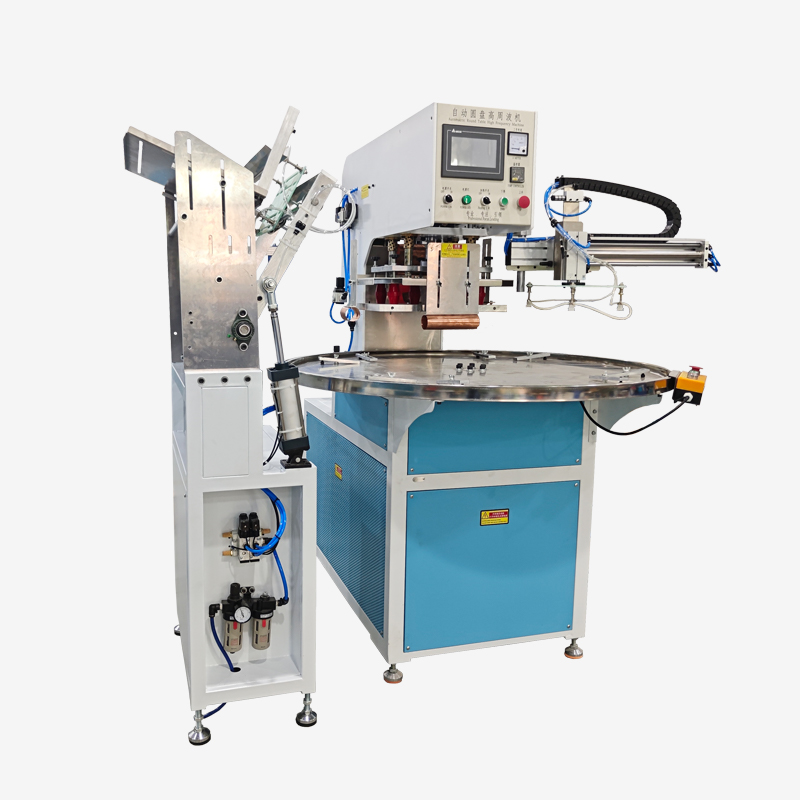Time:2025-07-19 Views:1 source:News

The production of high-frequency molds for leather embossing involves several precision steps to ensure durable patterns and efficient energy transfer during the embossing process. First, the mold design is created using CAD software, where the desired pattern—whether logos, textures, or decorative motifs—is digitized with precise depth and contour details. This digital design is then transferred to a substrate, typically a high-quality copper or brass sheet, which serves as the base material for the mold due to their excellent electrical conductivity and machinability.
The next step is pattern engraving, which can be done using CNC milling machines or laser engravers. CNC milling is ideal for creating deep, intricate patterns with sharp edges, as it allows for precise control over cutting depth (usually 0.1–0.5mm for leather). Laser engraving, on the other hand, is suitable for finer details and shallow embossments, using high-energy laser beams to vaporize the metal surface without physical contact, ensuring minimal material distortion. After engraving, the mold surface is polished to remove burrs and smooth rough edges, preventing damage to the leather during embossing.
To enhance conductivity and durability, the mold undergoes a surface treatment. A layer of chrome plating is often applied, which not only improves wear resistance but also facilitates easy release of the leather after embossing, reducing the risk of sticking. For molds intended for high-volume production, additional heat treatment may be performed to harden the metal, extending the mold’s lifespan.
Finally, the mold is mounted onto a frame that fits the high-frequency machine, with alignment pins ensuring precise positioning relative to the leather workpiece. Testing is crucial: the mold is used to emboss sample leather pieces under standard operating conditions, checking for pattern clarity, consistency, and any signs of uneven pressure. Adjustments to the mold’s thickness or pattern depth are made based on test results, ensuring the final mold produces high-quality, repeatable embossing results on various leather types, from soft suede to thick full-grain leather.
Read recommendations:
Stretch film vacuum packaging machine
Semi-automatic PVC/EVA bag making machine
Embossing Sealing Degree of PE Plastic Wrap
high frequency Solding machine Factory.The technology innovation industry
Complete control over products allows us to ensure our customers receive the best qualityprices and service. We take great pride in everything that we do in our factory.
